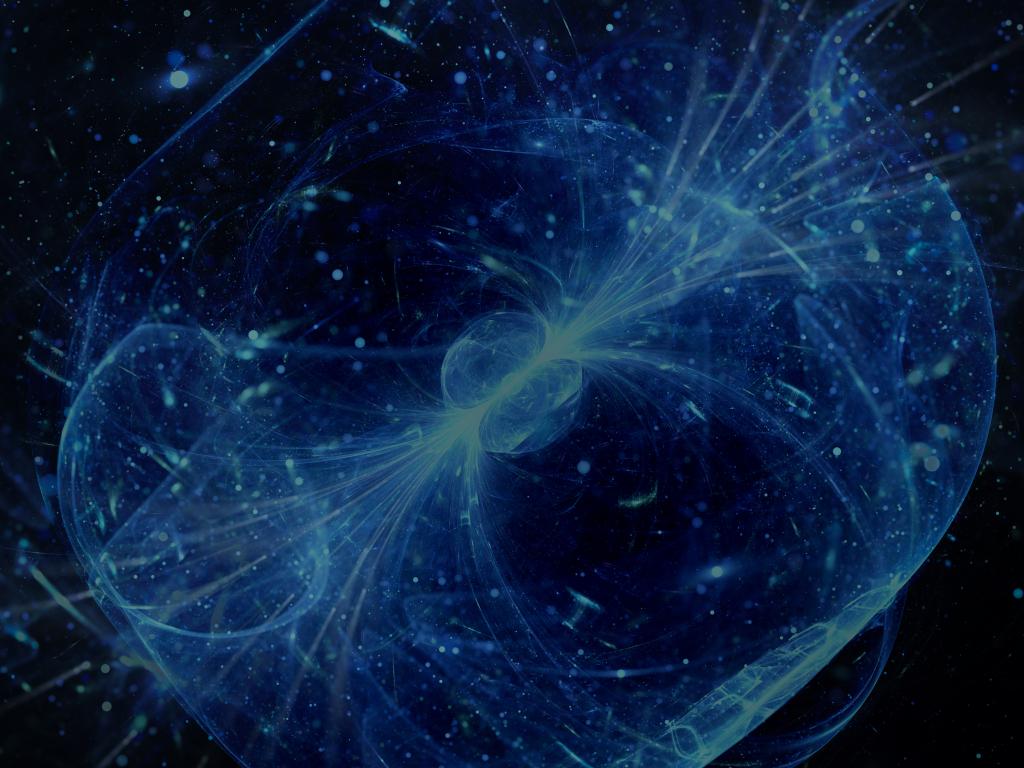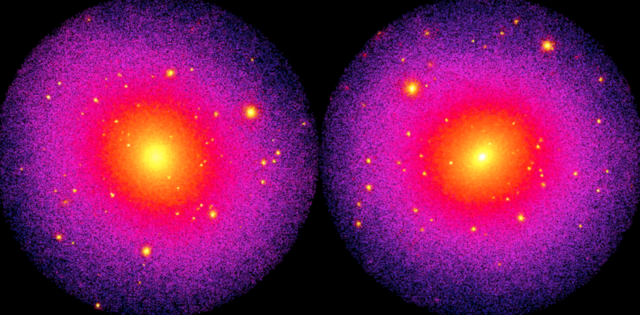Admission CTAs
Mason Astrophysicist part of multidisciplinary team to test self-interacting dark matter with realistic galaxy formation simulations
Ferah Munshi, Assistant Professor, Physics and Astronomy, at George Mason Universityreceived $216,115 from the National Science Foundation for testing self-interacting dark matter (SIDM) in galaxy formation simulations. This work will result in the largest-ever suite of dwarf galaxy simulations within both the Cold Dark Matter (CDM) and SIDM paradigms, to comprehensively test both models. The resulting hundreds of simulated galaxies will test whether CDM or SIDM can reproduce (1) the diverse densities observed in real galaxies, and (2) the diverse shapes of dwarf galaxies.
This is especially relevant as the next decade is set to produce new and never-before-seen images of space from the recently launched JWST to the expected launches of the Roman Space Telescope and Rubin Observatory’s LSST. “We’ll be able to make certain predictions that these missions can then go out and look for and we can help interpret what is found,” Munshi said.
Although the CDM paradigm has been successful at describing our Universe on large scales, it has faced challenges on small scales (inside of galaxies and in low mass galaxies). These challenges have mostly been alleviated by a proper consideration of the physics of ordinary matter (gas and stars; “baryons”). However, there is growing concern that the baryonic physics model that alleviated the small-scale problems is too strong, and cannot reproduce the densest galaxies that are observed. On the other hand, analytic models have shown that a Self- Interacting Dark Matter (SIDM) model (where dark matter can interact with itself via various particle physics models and interaction scales; “cross-sections”), can reproduce the full range of galaxy diversity.
Munshi will work with Mason graduate students Amber Roepe-Gier and Anna Engelhardt, as well as Rutgers University Associate Professor Alyson Brooks, University of Oklahoma PhD student Jordan Van Nest, and University of Washington graduate student Akaxia Cruz. Together they work in a collaboration called the N-Body Shop, an international partnership of astrophysicists—one of the few to be dominated by women. Students benefit from partnerships such as these, according to Munshi, as they are able to work alongside a more diverse group of scientists within an inclusive environment.
Expect to see some familiar names when reviewing the team’s simulations as they are inspired by women superheroes and political figures. Simulations include dwarf galaxy volumes Storm, Elektra, Captain Marvel, and Rogue, as well as dwarf galaxies orbiting the Milky Way bearing the names of the first four female Supreme Court Justices. The new SIDM runs will be known as the Kamala runs—named in honor of Vice President Kamala Harris as well as superhero, Ms. Marvel.
In addition to funding galaxy formation simulations, the grant also provides support for a research introductory course for historically marginalized communities, that Munshi will lead at Mason beginning Fall 2023. The course will introduce first-year, second-year, and transfer students to basic coding methods needed in practically all STEM research while helping them compose personal statements and CV’s needed for applying to future opportunities.
Munshi feels strongly about creating an empowering, safe space to mentor program participants as they navigate through the experience. “Having someone we can connect with in such an environment allows for personal growth both for student and mentors,” Munshi explained. “These connects help create the strong and unique collaborations to help retain future generations that we want to keep in the field.”

